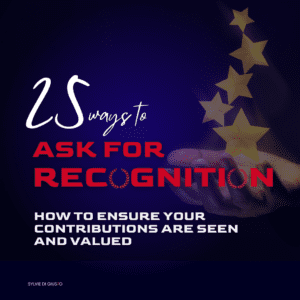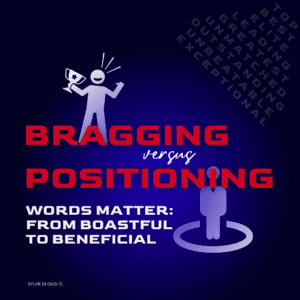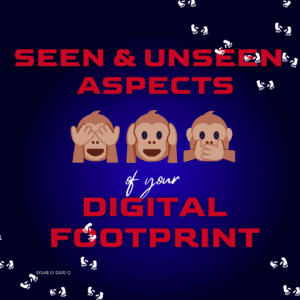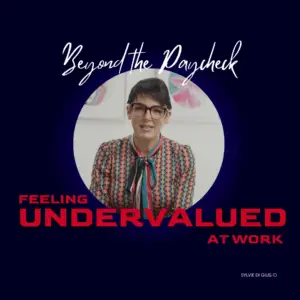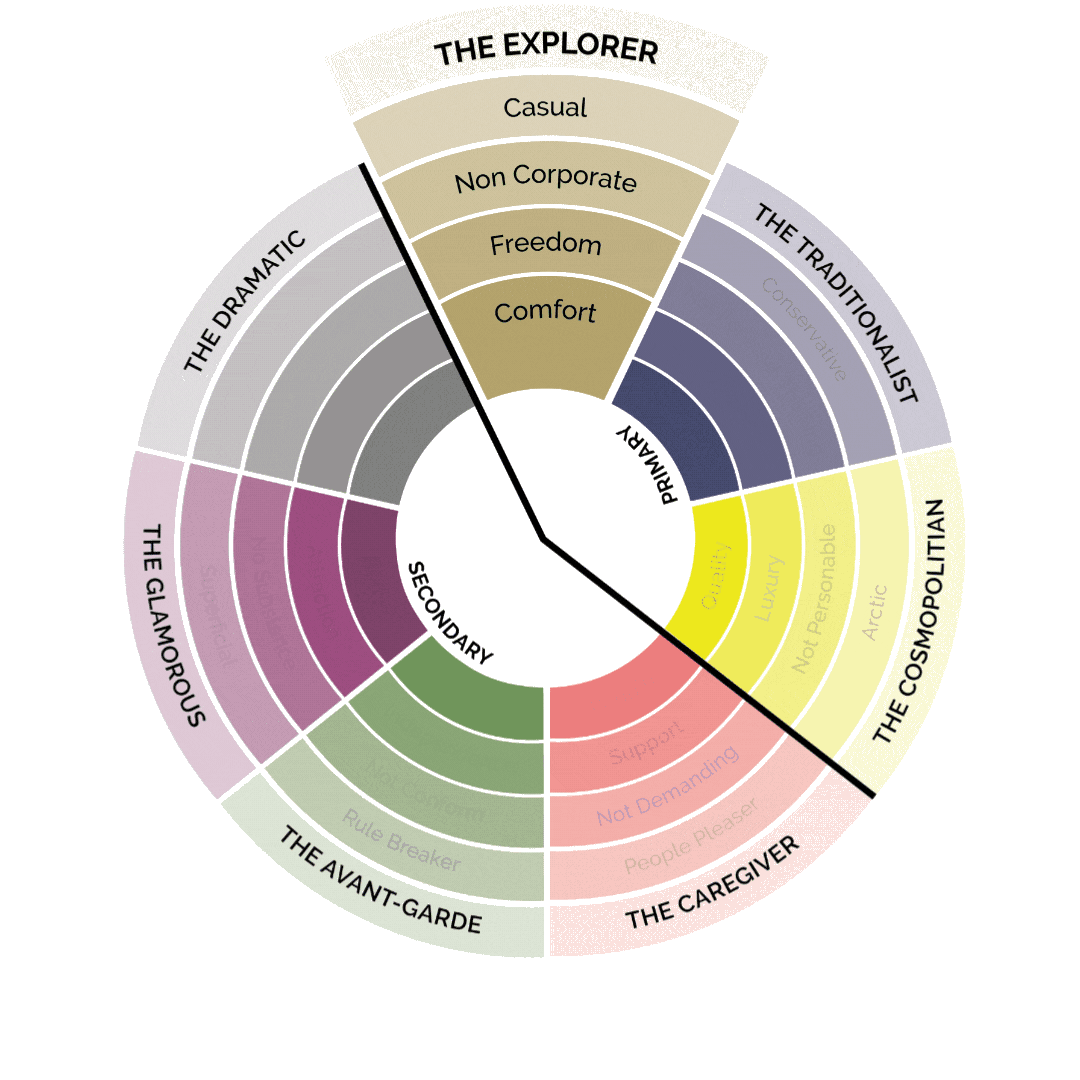How Unconscious Biases Influence Your Customers’ Decision-Making Process
We are biased. All of us.
In today’s world, we are taught to eliminate preconceived biases that affect the way we act, the decisions we make, how we treat others, and more. But the unfortunate truth is many of us have unconscious biases. These are biases we are not even aware of, yet they play a role in many of the things we do.
Unconscious biases may even arise when you are making purchasing decisions. For example, say you don’t like green. And you come across a website that uses a lot of green in its design.
The green color may make you less likely to invest in their product. But you may not even realize it. You may just decide not to buy the product without knowing why and never considering that it was the green color that turned you off.
There are many facets of unconscious bias and how it can affect a customer’s decision-making process. The more you are aware of these elements, the more they can do to overcome them and earn more conversions. This article will explore the aspects of unconscious bias and what you can do to get past it.
What is an Unconscious Bias and What Causes It?
Society is currently attempting to change biases and overcome prejudices to make the world a more equitable place. Unfortunately, it is difficult for many of us to overcome our hunter-gatherer instincts for survival. No matter how much we may try, our intuitive and automatic systems take control during decision-making processes, so we fall back on beliefs that were ingrained in us since day one.
Our biases affect us in various ways, but they will mainly come into play in the processing of quantitative information. This is a type of left brain thinking that involves concrete facts and figures as opposed to right brain thinking that requires creativity.
When faced with making a decision, creativity may come into play, but eventually, it may all come down to facts and figures that are swayed by unconscious bias.
How Does Unconscious Bias Sway Our Decision-Making Processes?
There are several ways unconscious bias comes into play in the decision-making process. These include:
Confirmation Bias:
Confirmation bias is based on the theory that we tend to believe what we would like to be true. We build confirmation biases based on past experiences and information and we ignore anything that challenges those beliefs.
In terms of a customer’s decision-making process, if someone had a bad experience with your company, they will be quick to think that something similar will happen in the future.
Herd Mentality:
Herd mentality is a more familiar concept. It states that people will go along with the herd. So, if a lot of people are buying your product, they will influence others to do the same.
Unfortunately, this is a two-way street. So, if a lot of people are not buying your product, or if they are saying bad things about your product, it will be less likely to sell.
Sunk Cost Fallacy:
Also known as a loss aversion bias, a sunk-cost fallacy makes us less likely to ditch a product if we have spent time and money in it. This may be the case even if there are indicators telling you it’s time to move on.
Band Wagon Effect:
Similar to herd mentality, the band wagon effect will make people want to buy a product because their friends are buying it.
Halo Effect:
The halo effect will make people more likely to buy your product if they have a favorable view of your company. For example, if they have bought one of your products in the past and had a great experience with it, they may think that everything you touch will turn to gold.
Anchoring Bias:
An anchoring bias is strongly tied to first impressions. If people get a good impression of you when they first meet you, they will be more likely to think highly of you in the future. Unfortunately, the opposite is also true. If they get a bad first impression of you, it will be difficult to turn that around.
Status Quo Bias:
The status quo bias means that people will continue using a product simply because it’s familiar. They will not switch to another brand even if it’s proven to be better.
Availability Heuristic:
The availability heuristic states that customers will judge your product based on the first information that get about it. This means they may decide whether to buy your product based on limited data.
Understanding Unconscious Bias and How to Deal with it to Get Your Products to Sell
Unconscious biases are not ideal, but a smart businessperson will realize they exist. They will take steps to work with these biases and ensure their products sell.
You may think there is no way to deal with unconscious bias other than to be perfect. But there are steps you can take to boost conversions and keep people coming back. These include:
Improve Your First Impression
You can ensure you always make a great first impression by following a model I like to call the A, B, C, D, E model. Here are what the letters stand for.
Appearance: We all know that it can be dangerous to judge a book by its cover. But many people will. That’s why it’s important to keep your appearance neat and professional. This includes the way you dress, the way you wear your hair, and the way you keep your office.
Behavior: It’s important to be pleasant when you are meeting with clients. Good behavior can go a long way.
Communication: This involves what you say and the way you say it. It’s essential to communicate clearly and tactfully. Speak using proper grammar and work out what you are going to say ahead of time.
Digital Footprint: Today, social media is often the first impression a potential client will get of your company. With this in mind, it’s important to keep your social accounts looking their best. Use professional pictures and publish posts that add value.
Environment: People will take note of your environment when you meet them for the first time. Be sure your office looks neat. If you are meeting them outside the office, pick a spot that you feel represents you well.
Do Reputation Maintenance
If something happens between you and a customer, it’s important to do some reputation maintenance. For example, if you get a bad review, it’s always best to apologize and try to make it right, no matter how ‘in the wrong’ you feel the customer may be. It’s best to follow the theory of ‘the customer is always right’ to maintain a stellar reputation among the masses.
If you follow the recommended steps listed above, you will find that people are more likely to get a good impression of you which will last throughout your relationship. It will make people invest in your product and get used to it, so they are less likely to give it up. It will allow your customers to influence others so more people buy your product.
It’s unfortunate that unconscious biases exist, but the sooner you realize they’re inevitable, the sooner you can take steps to make them work for you. Good luck overcoming them in the most positive way possible.
Any unconscious biases you have experienced? What are some tips you have when handling customers that are biased? Share them with me!
Unconscious Biases in a Nutshell
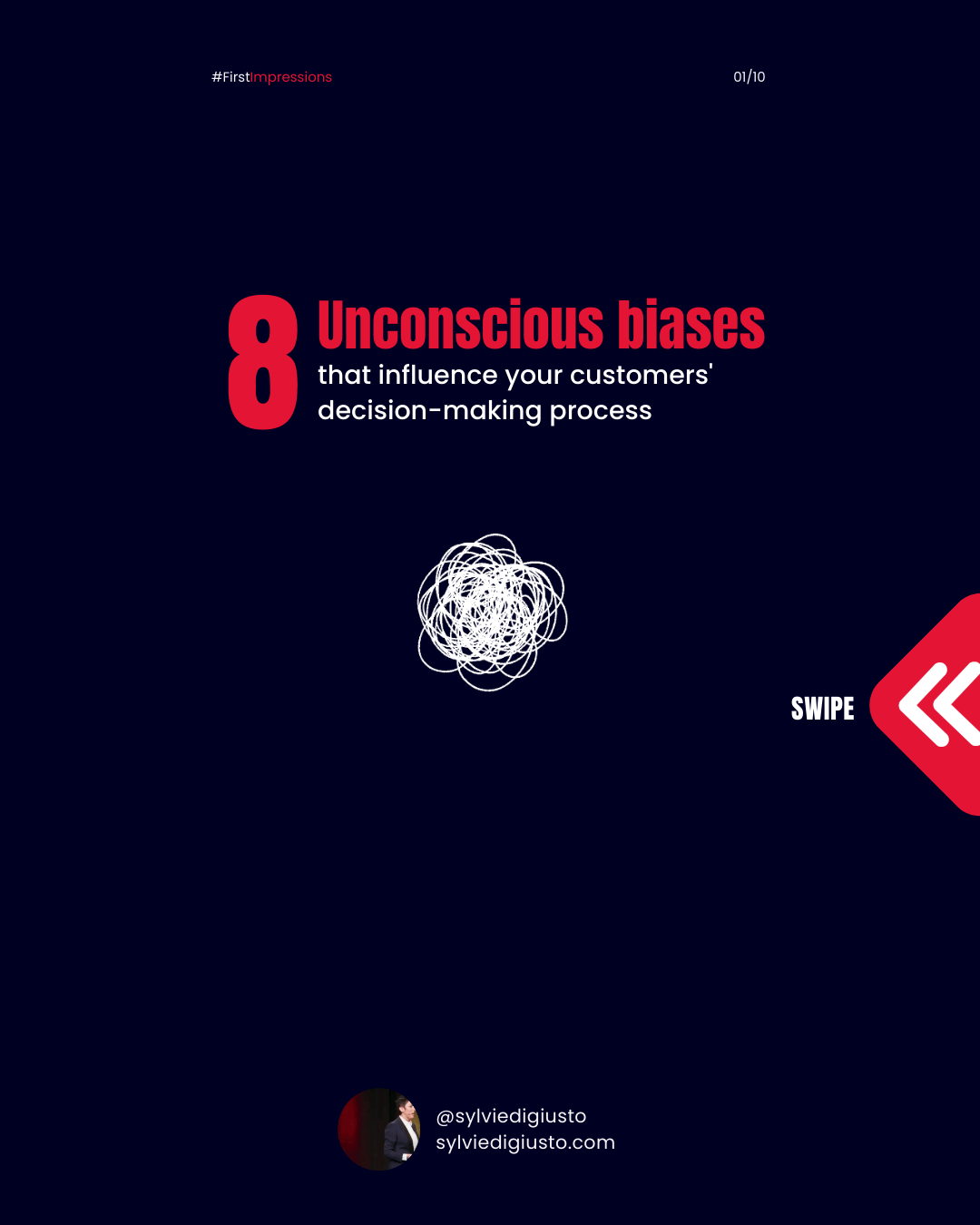
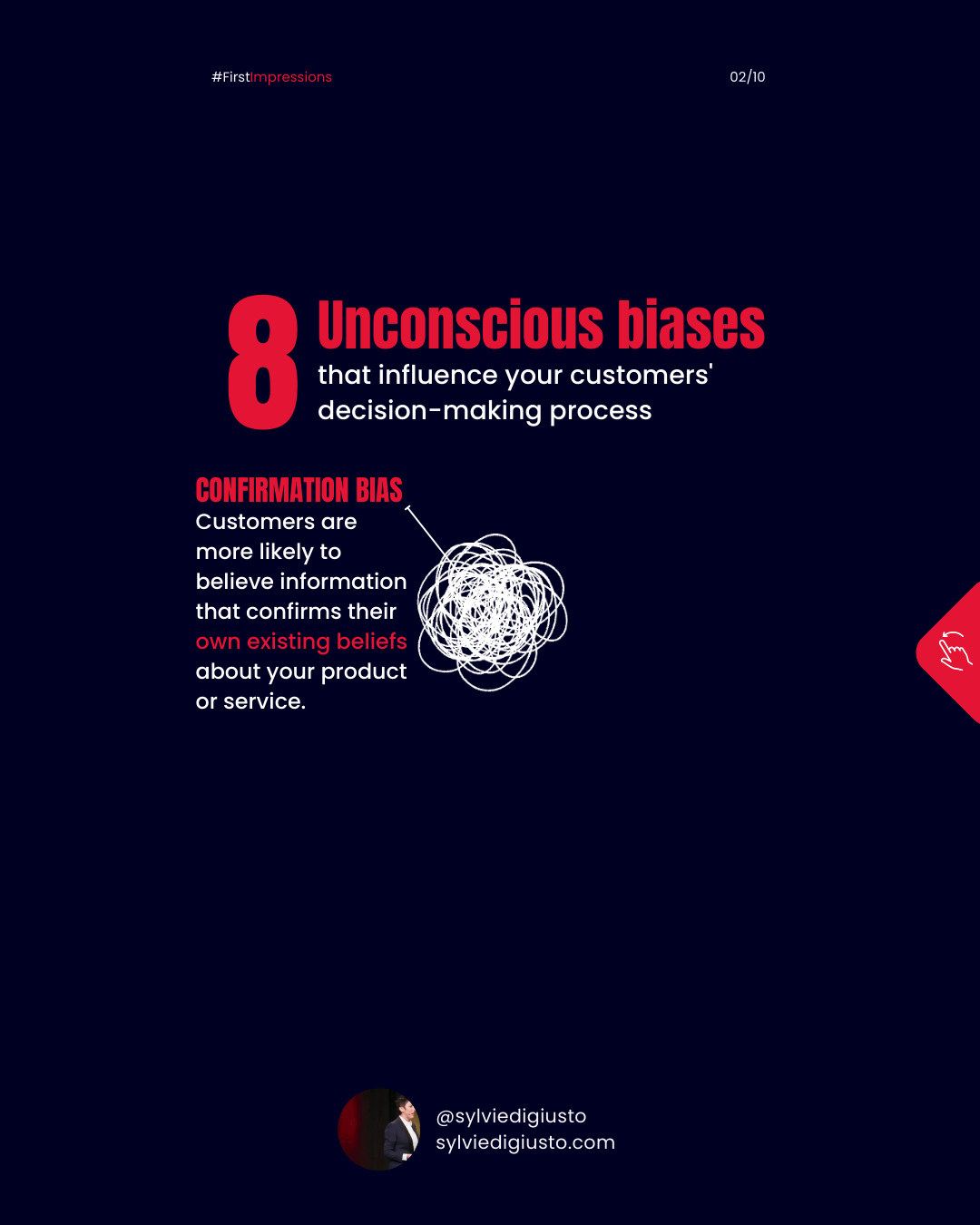
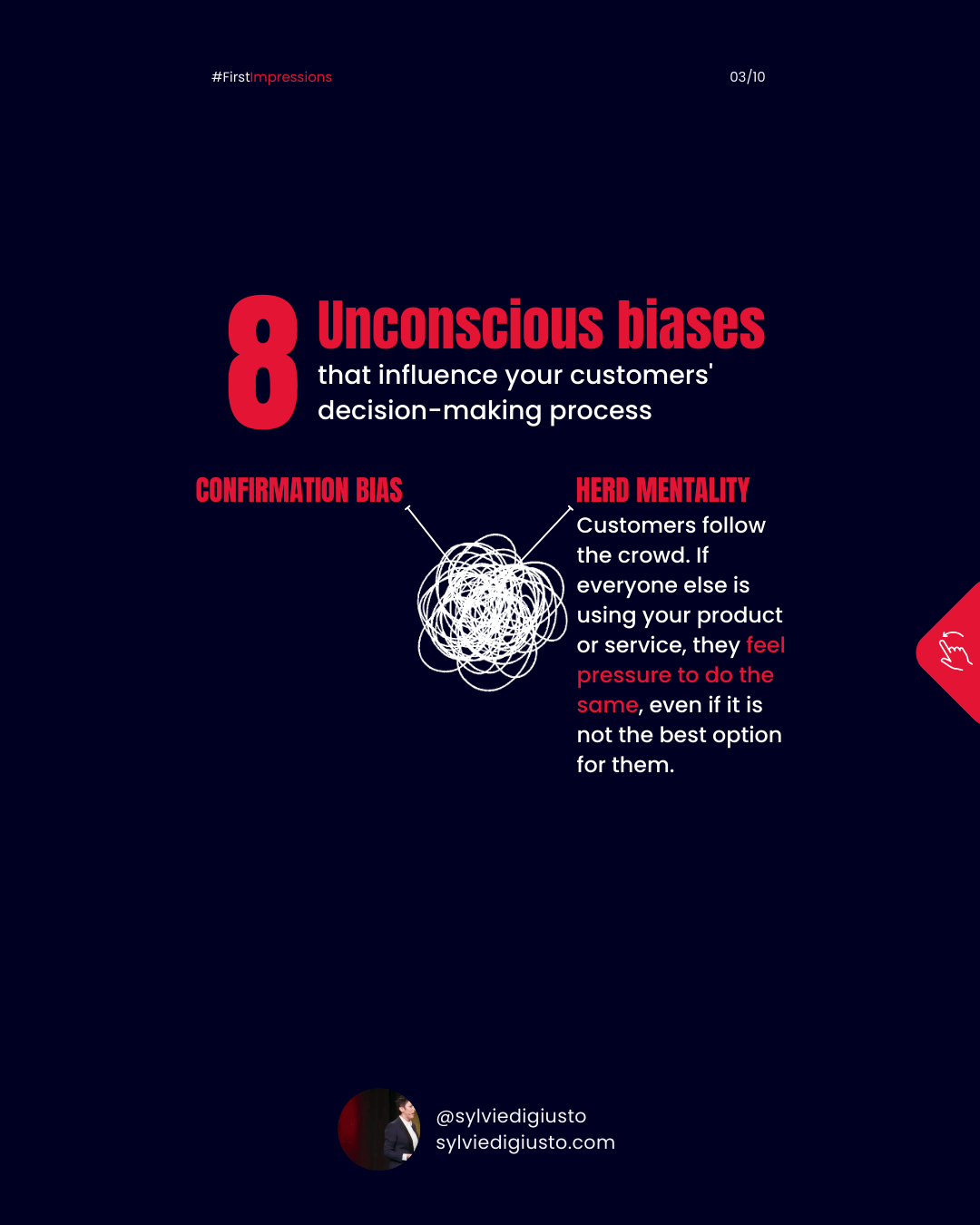
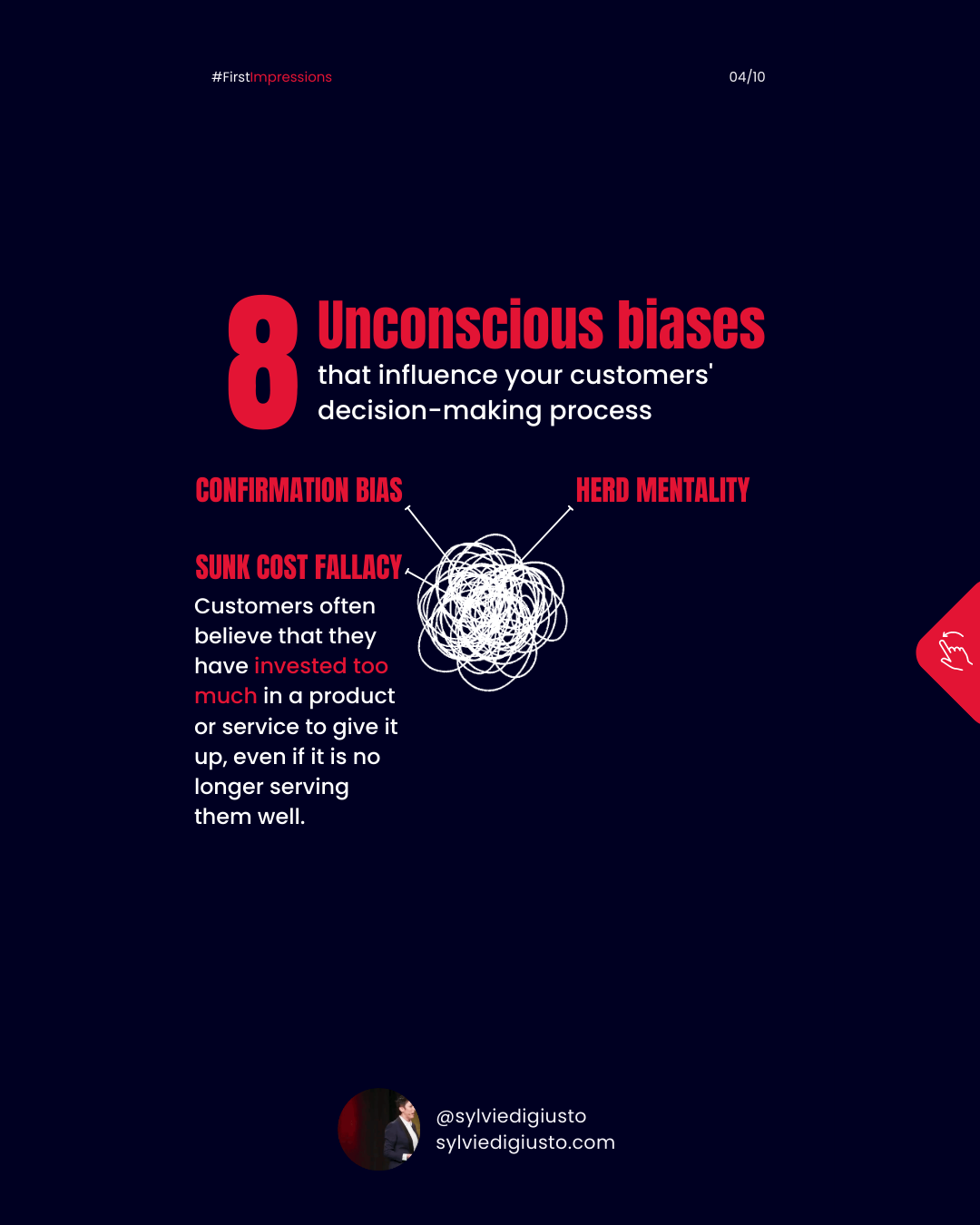
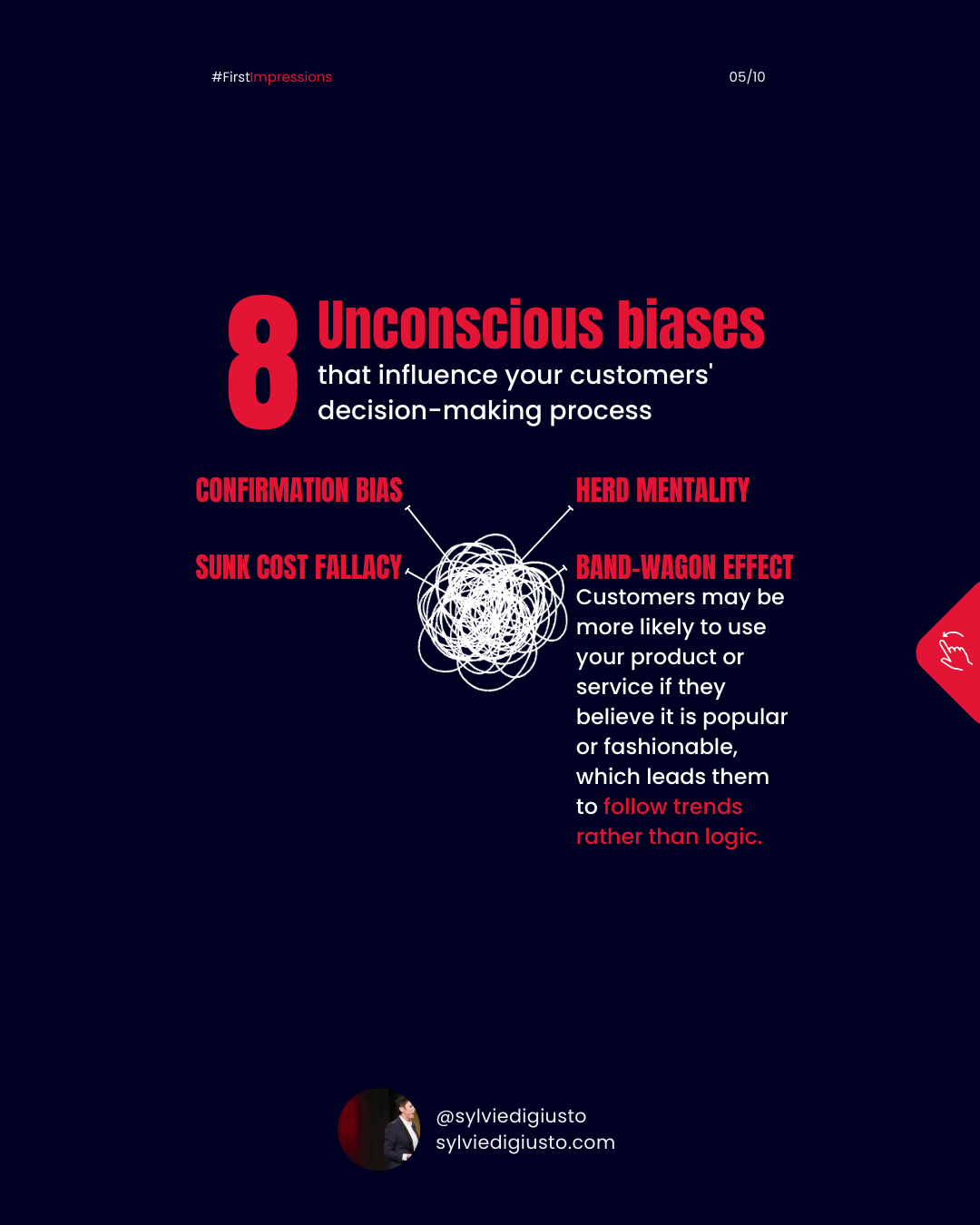
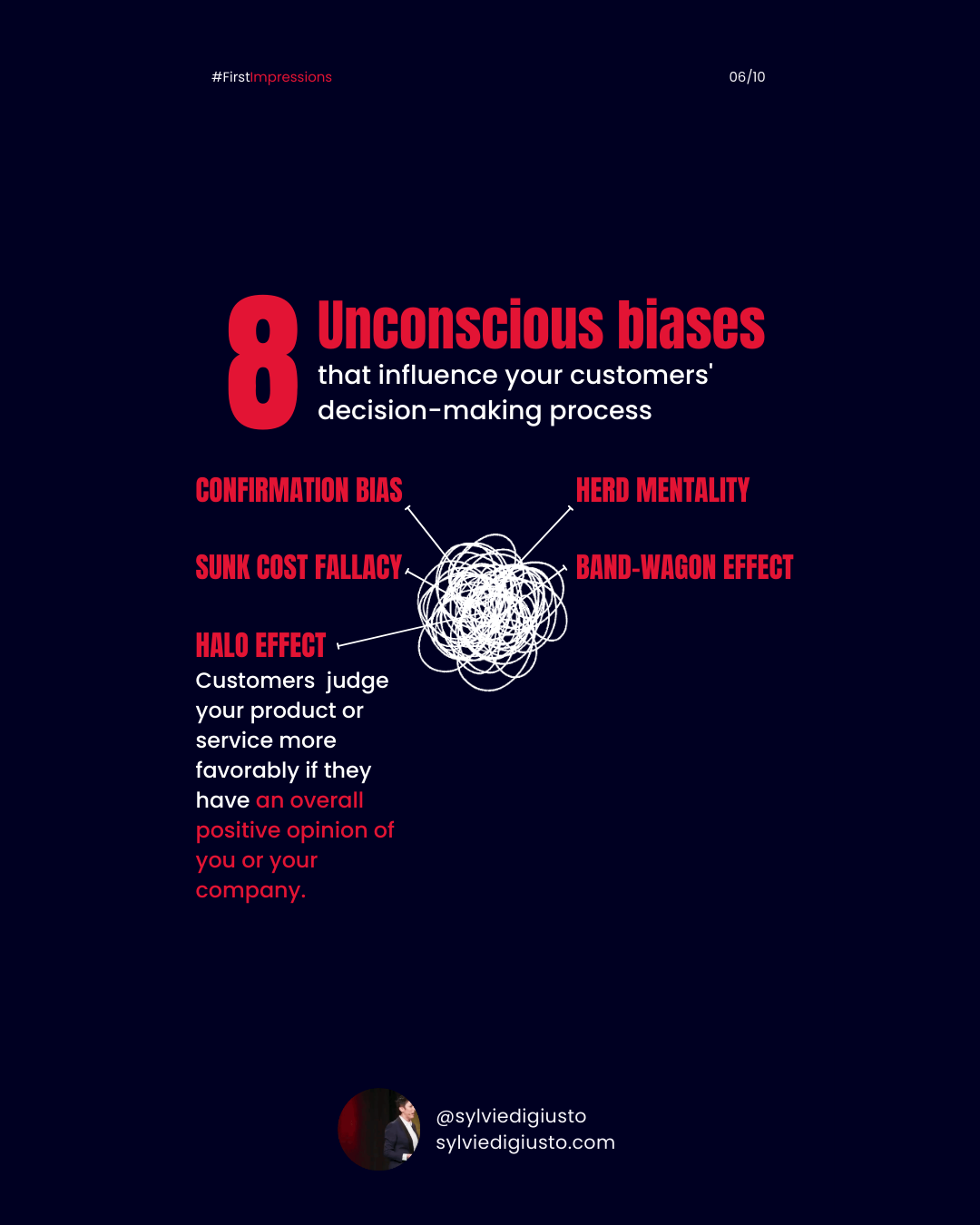
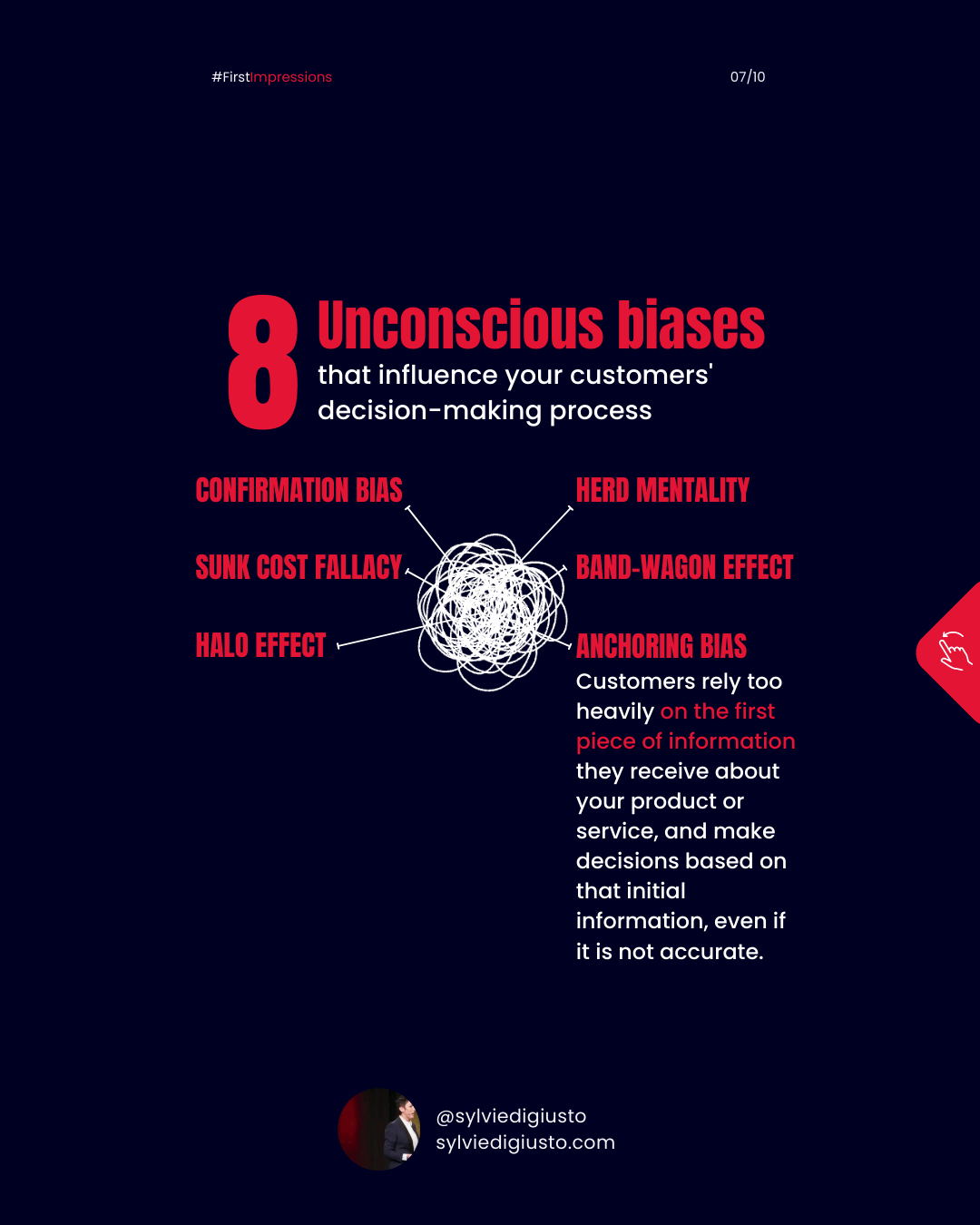
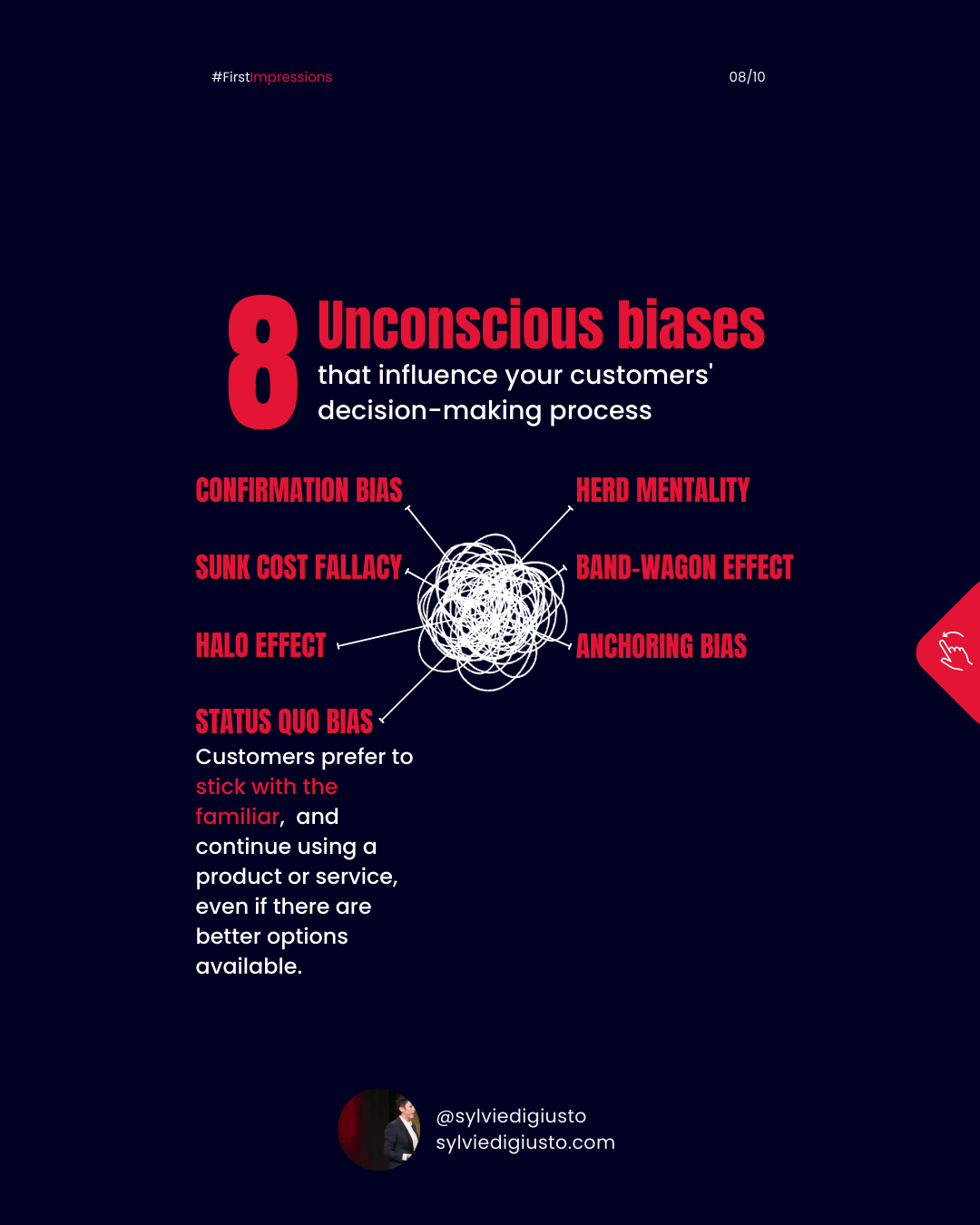
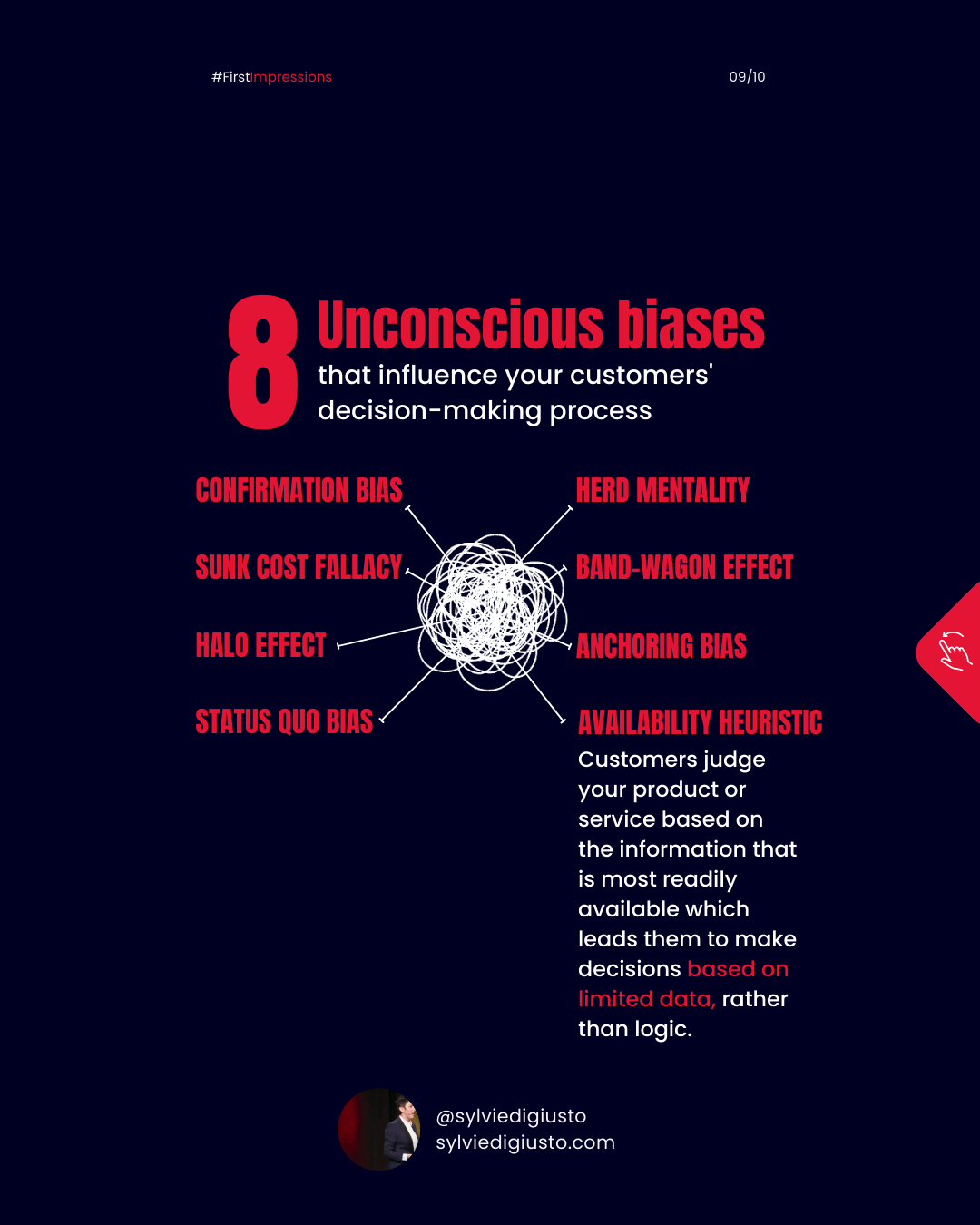
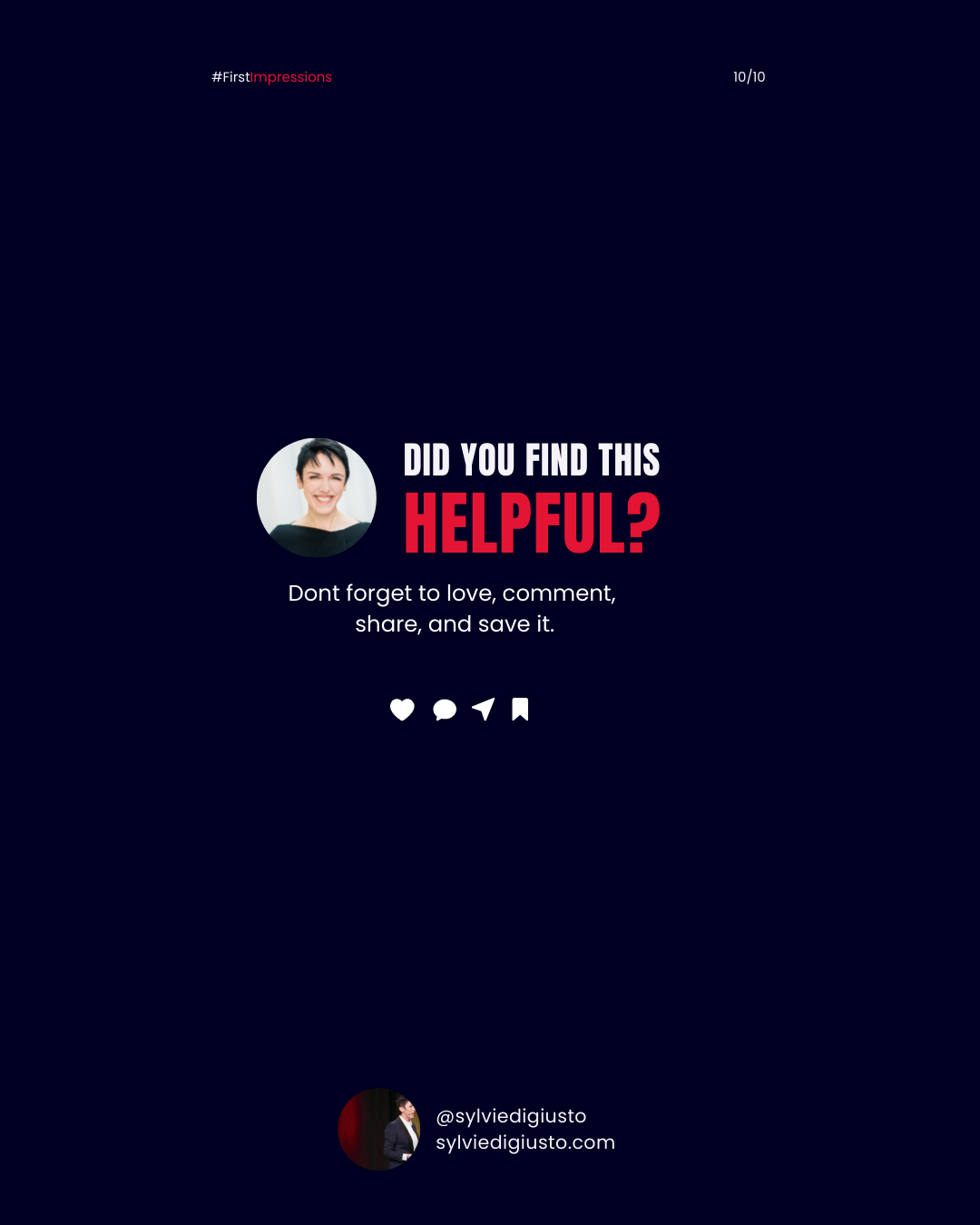
PS: Interested in more content like this? Make sure to follow me on Instagram. It’s where I visualize and publish my thoughts daily. I hope to see you there.
